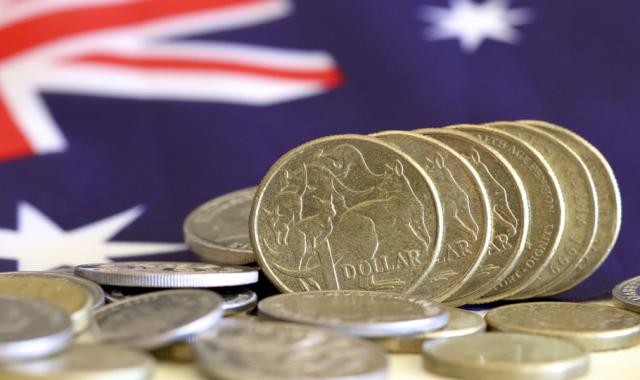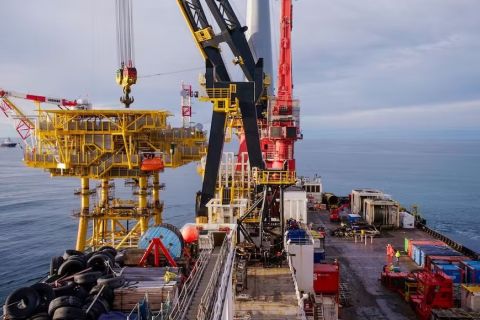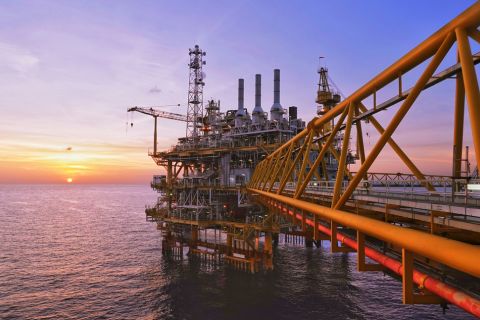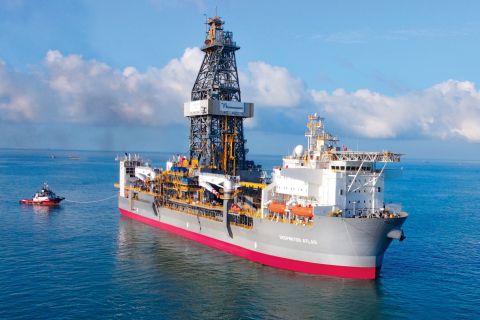
Moves to shore up resources to meet South Australia’s domestic natural gas needs received a boost March 17 with four E&Ps landing AU$24 million (US$18.5 million) in grants from the government to hasten gas developments.
As part of South Australia’s Plan for Accelerating Exploration (PACE) program, Senex Energy has been approved for $5.82 million in funding while Beach Energy Ltd. will receive a $6 million grant, the companies said in separate statements.
South Australia also doled out a $2 million grant to Strike Energy Ltd., which said it will steer funds to its Klebb pilot activities and the commercialization of gas resources in PEL 96. Santos Energy’s Cooper Basin refracture stimulation and underbalanced drilling projects also received funding—$3.96 million and $6 million, respectively.
South Australia’s Mineral Resources and Energy Minister Tom Koutsantos said the grants are part of the government’s plans to “put downward pressure on energy prices for South Australian customers.” They’re also meant to attract E&Ps to develop resources in South Australia’s Cooper and Otway basins.
“Our vast gas resources could ensure energy independence for South Australia and create many jobs in our economy, while at the same time help South Australia transition further towards a carbon-constrained future,” Koutsantos said.
The news was delivered as the entire country works to avoid a potential energy shortage. Fracking bans, higher LNG export volumes and rising prices have prompted concern about meeting domestic needs despite having more than 30 trillion cubic feet of natural gas reserves, several recent discoveries, growing production and continued investment from oil and gas companies.
Still, with 10 LNG developments operating or under construction, Australia is on track to becoming the world’s largest LNG exporter. But government leaders, working with gas producers, are trying to ensure that doesn’t come at the expense of Australians.
The grants drew praise from the Australian Petroleum Production & Exploration Association (APPEA), which cited Australian Bureau of Statistics figures showing a 64% drop in exploration spending in Australia in 2016.
“Unlike other governments which have chosen to lock up their gas resources, South Australia continues to set the pace when it comes to supporting the safe and responsible development of natural gas,” APPEA SA Director Matthew Doman said in a statement. “The local gas industry will now work with the Government and community to help secure reliable, affordable energy supply for South Australians.”
RELATED: Are Drilling Bans Leading Australia Into An Energy Crisis?
“The region is well known to Beach and we are confident that in a success case, it can supply new gas to the market,” Beach CEO Matt Kay said before acknowledging South Australia’s support.
The company plans to use the funding to bring down drilling costs in the Otway Basin, a region Beach said has produced about 70 billion cubic feet of gas. Beach is gearing up to drill the Haselgrove-3 well in the basin near its Katnook gas processing plant and pipelines. It’s a conventional well, so there will be no fracture stimulation—something that has been another point of contention in South Australia.
“Beach will undertake extensive community and stakeholder consultation throughout the planning, drilling and post completion phases of this drilling activity,” Kay added.
Senex Energy will speed up its work in the Cooper Basin, where it is developing the Vanessa gas field. Currently, the Silver-Star 1 gas exploration well is being drilled. The funds, Senex Managing Director and CEO Ian Davies said in a news release, will go toward infrastructure needed to connect the field’s resources to South Australian customers.
“Drilling of Silver Star-1 reflects our commitment to unlocking high-risk gas acreage in the Cooper Basin and to delivering more supply for the east coast market,” he said.
Earlier this week, Australian Prime Minister Malcolm Turnbull said he met with some of Australia’s top oil producers and they agreed to measures to help the country avoid a shortage. As detailed on the PM’s website:
- Gas producers promised that gas will be available during periods pf peak electricity demand, and the Australian Energy Market Operator (AEMO) will have authority to direct the market.
- Gas producers agreed to make more gas available domestically. They also agreed to revise domestic gas production forecasts, and the AEMO will release an updated supply outlook.
- Efforts to improve transparency in the gas market are also in the works.
- State and territory governments are being asked to revisit restrictions on gas exploration and development. Gas fracking and coal seam fracking have drawn criticism in several areas. Citing environmental and health risks, Victoria state has banned onshore fracking altogether.
The measures also include accelerating gas market reform, acknowledging the importance of community support and implementation arrangements.
Data from the country’s December 2016 Resources and Energy Quarterly report, released by Australia’s Office of the Chief Economist, showed gas production has steadily increased. Production is forecast to skyrocket by 58%, hitting 128 billion cubic meters between 2017 and 2018.
The report also showed the country’s LNG export volumes increased by 50% year-on-year as the Australia Pacific LNG, Gladstone LNG and Gorgon LNG projects came online. LNG export volumes are predicted to rise to 67.3 million tonnes between 2017 and 2018, up 35% from 2015-2016 figures.
Although the oil-linked LNG prices didn’t fetch as much export revenue as it did in mid-2015, the value jumped to $4.6 billion in September 2016, up 8% compared to a year earlier.
South Australia is now accepting applications for another $24 million in gas extraction grants.
(AU$1=US$0.77)
Velda Addison can be reached at vaddison@hartenergy.com or @VeldaAddison.
Recommended Reading
TotalEnergies Fénix Platform Installed Offshore Argentina
2024-02-13 - First gas from the TotalEnergies-operated project is expected in fourth-quarter 2024.
E&P Highlights: Feb. 16, 2024
2024-02-19 - From the mobile offshore production unit arriving at the Nong Yao Field offshore Thailand to approval for the Castorone vessel to resume operations, below is a compilation of the latest headlines in the E&P space.
CNOOC Sets Increased 2024-2026 Production Targets
2024-01-25 - CNOOC Ltd. plans on $17.5B capex in 2024, with 63% of that dedicated to project development.
Rystad: More Deepwater Wells to be Drilled in 2024
2024-02-29 - Upstream majors dive into deeper and frontier waters while exploration budgets for 2024 remain flat.
Deepwater Roundup 2024: Offshore Africa
2024-04-02 - Offshore Africa, new projects are progressing, with a number of high-reserve offshore developments being planned in countries not typically known for deepwater activity, such as Phase 2 of the Baleine project on the Ivory Coast.






